
Role of Optical Transceivers in Data Centre Networks
The optical transceivers are used for transmitting and receiving optical signals in high-capacity data centers. Generally, the data centers feature a hierarchy type of Ethernet network. These networks can be copper-based, fiber-based, or hybrid (copper-fiber). In the modern network, upgrading all devices to fiber-based components may not be convenient. Optical transceivers are used in certain cases to convert an electric signal into an optical signal. These signals are further transferred through fiber optic cables. The transceivers consist of pairs of transmitters and receivers which play an important role in the electro-optical and reverse conversion of signals.
Since in high-capacity data centers, multiple copper-fiber connections are required, multiple numbers of optical transceivers are used. Each optical transceiver is exposed to a high volume of data packets and therefore, the need for upgradation and performance enhancement of optical transceivers is a constant requirement.
Network engineers for high-capacity data centers often face challenges for optical transceivers due to the increasing demand for performance efficiency.
Let’s Discuss Key Trends in the Optical Transceiver Market –
The demand for higher data rates in modern applications is driving the need for more advanced optical transceivers
Higher data rates required for applications such as cloud computing, video streaming, and high-performance computing are set to provide significant opportunities to manufacturers.
The deployment of 5G networks is expected to drive the demand for optical transceivers, as these networks require high-speed, reliable, and low-latency data transmission.
The adoption of fiber optic technology across several industries, such as telecommunications, healthcare, and transportation is expected to drive the demand for optical transceivers since they are essential components of fiber optic networks.
The demand for energy-efficient solutions is increasing in several industries, including data centers and telecommunications, which are driving the development of optical transceivers that consume less power and generate less heat.
Challenges for Optical Transceivers in Data Center Networks
The challenges for optical transceivers are generally related to the design and deployment of the transceivers in the network. The challenges are discussed below.
* Device Compatibility: Often the optical transceivers are integrated with laser diodes and signal decoders. The operation of the transceiver takes place between the transmitter and receiver based on the optical pulses generated by laser diodes and electric signals decoded by the signal decoders. This phenomenon is compatible with fiber optic cables and devices. However, in many data centers, the networking devices are copper-based and therefore are not compatible with fiber optics transmission. In certain cases, the optical transceivers should be integrated strategically. This is where the major challenge for optical transceivers is seen.
* Network Design and Layout: Data center networks consist of multiple layers like core, spine (distribution layer), leaf (access layer), etc. The transceivers are spread across these layers. Often the switches in these layers are inundated with data traffic and therefore the receiver units of transceivers may suffer delayed delivery of data packets.
* Sustainability: The sustainability of optical transceivers is a challenge due to the complexity and high-temperature generation in data center networks. The optical transceivers are sensitive to dust particles, moisture, and high temperatures, so must be designed to resist these parameters. Therefore, a lack of sustainability may cause abrupt network failure.
* Transmission Capabilities: As the optical transceivers only transmit signals in the formal optical pulses. The capability of this optical transmission depends on factors like transmission bandwidth, mode of transmission, etc. If these capabilities of an optical transceiver are not sufficient for the working of a data center, then it becomes challenging to enhance efficiency.
Despite all the challenges, optical transceivers are used in the data center networks by deploying smart, calculated solutions to overcome these challenges. Owing to the same, the demand for optical transceivers remains high. The next section introduces you to some forecasted optical transceiver trends.
Optical Transceiver Trends in Data Center Networks
The following optical transceiver trends have been reported and forecasted by industry experts.
- Drastic migration in data transmission is seen between the years 2014 and 2018. Till 2014, enterprise sever transmission was limited to 1GE to 10GE transmission rate which raised to 10GE to 25GE by 2018. Similarly, mega cloud servers’ data transmission rates raised from 10GE-40GE to 20/50GE-50/100GE between 2014 and 2018.
- From 2008 to 2019, the optical transceiver modules are upgraded to support over 200G-FR4 transmission.
- From 2020 to 2025 it is forecasted that the demand for optical transceivers might rise by 12. 63% due to its capability to support QSFP+ that enables 40G to 100G of transmission by using laser transmitters.

Image Source – https://www.semiconductor-digest.com/insights-into-the-trends-driving-optical-transceiver-technology/
Important operational Parameters of Optical Transceivers to Consider when choosing them.
- Transmission Distance: This is the maximum distance traveled by the optical signals transmitted by this device. Although fiber optic cables are known to transmit through long distances, still, the distances are limited by factors like attenuation and dispersion. So, when choosing an optical transceiver ensure choosing the one that offers maximum transmission distance.
- Data Rate: This is data bits transmitted per second by the transceiver. This is usually measured in Gigabits per second (Gbps) or Megabits per second (Mbps) based on fiber channels, Ethernet, InfiniBand, SONET, SDH, and so on.
- Receiving Sensitivity: The transceiver receiver receives optical signals safely in a range of BER or bit error rate. This is known as receiving sensitivity. Generally, the BER of the receiver is 10-12 dBm.
- Central Wavelength: This is the waveband by transceiver for optical signal transmission. Generally, a transceiver has three wavebands – 1310 nm, 850 nm, and 1550 nm.
- Optical Transmit Power: It is the optical output power of the transceiver in its working condition.
- Fiber Mode: Optical fibers are distinguished into single-mode and multimode. Single-mode fibers or SMF, are fibers with small core sizes, which can transmit light in one direction with slight dispersion. This is the reason why these fibers are considered for long-distance transmission. Against this, the multi-mode fibers feature large core diameters, which enable light transmission in multiple directions. Due to inter-mode dispersion, these fibers are considered for short-distance transmission.
- Operating Temperatures: Optical fibers are distinguished into single-mode and multimode. Single-mode fibers or SMF, are fibers with small core sizes, which can transmit light in one direction with slight dispersion. This is the reason why these fibers are considered for long-distance transmission. Against this, the multi-mode fibers feature large core diameters, which enable light transmission in multiple directions. Due to inter-mode dispersion, these fibers are considered for short-distance transmission.
- Compatibility: This is one of the critical considerations to make if you are buying transceivers. Many leading switch brands such as Cisco, Ciena, and HP do not allow third-party modules on their switches.
- Applications: Transceivers are also distinguished by the applications in which they are used. They are classified into SDH/SONET/, Broadcast, FE/GE/10GE/40GE/100GE Ethernet, Fiber Channel, CPRI, etc. These transceivers are used in routers, Ethernet switches, firewalls, fiber media converters, and network interface cards.
- Form Factors: Transceivers are also distinguished by the applications in which they are used. They are classified into SDH/SONET/, Broadcast, FE/GE/10GE/40GE/100GE Ethernet, Fiber Channel, CPRI, etc. These transceivers are used in routers, Ethernet switches, firewalls, fiber media converters, and network interface cards.
- GBIC: This is an abbreviation of Gigabit Interface Converter, and the form factor is defined under SFF-8053. A GBIC transceiver is used to interface between a Gigabit Ethernet and a fiber optic system fiber channel. GBIC transceiver is used with an Ethernet device and networking equipment to establish a long-distance transmission.
- SFP: This is an abbreviation of small form-factor pluggable (SFP). The SFP transceivers are well-known for their small size, proliferation, and hot-swappable feature. This small-sized device is used in constrained spaces and can be connected to various SFP connection options. The SFP module is hot-swappable, making it ideal for expanding networking infrastructure, without redesigning the cable infrastructure
- SFP+: These transceivers look similar to SFP and support speeds higher than 10 GPS. SFP+ ports accept SFP optics at 1Gbps. One cannot plug the SFP+ transceiver into SFP Port because the transceiver cannot accept low speeds.
- XFP: It is a transceiver standard for high-speed computer networks and is operated at wavelengths of 1550 nm, 1310 nm, or 850 nm. These transceivers are also used in telecommunication networks.
The fiber optic transceivers are essential for electrical to optical data conversion and vice-versa. When buying them, you need to consider several factors such as the type of data converted, data speeds, distance to be covered, equipment used for plugging these transceivers, etc. In addition, these transceivers can transmit different wavelengths, and signal attenuation is less in long wavelengths. So, if you consider fiber optical transceivers like SFP transceivers for your high-speed network, ensure to invest in MSA-compliant transceivers, which are compatible with most switches and router platforms. Many transceiver manufacturers also provide switches and routers, which helps reduce your incompatibility issues.
Flexibility is the name of the game in a digital-first world, which is transforming data centers as we’ve known them for decades. Depending on the latest industry analyst report or news cycle, some experts assert the future of data centers is hyperscale while others believe processing power will be delivered locally, in the cloud, and at the network’s edge. Regardless of technologies, topologies, and terminologies, here’s one thing everyone agrees on next-generation data centers must be agile, adaptable, distributed, efficient and intelligent.
According to Gartner, spending on global data center infrastructure was expected to reach $200 billion by the end of 2020. This represents a 6% increase after spotty spending in 2020, as many enterprises put infrastructure investments on hold while relying more on public cloud providers to address pandemic-related business shifts and disruptions.
Cloud adoption, which was growing steadily before COVID-19, gained major momentum during the pandemic. According to Flexera’s “2021: State of the Cloud Report,” more than 92% of the 750 enterprises surveyed currently have a multi-cloud strategy while 90% expect their cloud use to exceed plans due to the pandemic, an increasingly remote workforce and a surge in videoconferencing. The report also reinforces the evolution of public and private cloud adoption, with 43% of those polled leveraging a hybrid strategy to meet business needs.
As companies move from monolithic data center designs to distributed and disaggregated architectures, myriad new challenges emerge. Enterprises of all shapes and sizes are seeking ways to ease transitions to new heterogeneous environments. The goal: Choose from a menu of computing, storage, and networking options to best meet business needs while only paying for what is used.
Cisco Optical Transceivers: Best-in-Class Solutions
- Overview of Cisco Optical Transceiver Offerings: Extensive Portfolio for Diverse Network Requirements
– Market Leadership: Cisco is a leading provider of optical transceiver solutions, offering a wide range of products to address various network deployment scenarios.
- Key Features and Benefits of Cisco Optical Transceivers: Enhanced Performance, Reliability, and Compatibility
– Technical Advantages: Cisco optical transceivers are known for their high performance, reliability, interoperability, and compliance with industry standards.
- Ensuring Compatibility: Cisco Compatible Optical Transceivers: Seamless Integration with Cisco Networking Equipment
– Fact: Cisco-compatible optical transceivers provide a cost-effective alternative, ensuring seamless integration with Cisco switches and routers without compromising performance or reliability.
2018 to 2022 Optical Transceiver Market Demand Outlook Compared to 2023 to 2033 Forecast
- The CAGR for optical transceiver market was estimated at 11.2% during the historical period 2018 to 2022. The market is projected to develop at a CAGR of 15.2% from 2023 to 2033.
- Low-cost transceivers have experienced an upsurge in demand in telecom and data center applications due to their energy-efficient capabilities. There has recently been an increase in market demand for optical transceivers that are compact, less costly, and more energy efficient.
- Compact form factors (CFP) have evolved as a result of several technical breakthroughs since the debut of the CFP module.
- Port density has risen and electricity utilization has become more efficient as data centers and enterprises seek greater reach and high data transmission speeds. As a result, the growing need for optical transceivers is likely to increase market demand.

Never Miss Out On Any Transceivers News or Updates about the Industry.
FAQ's
Future Optical Transceiver technology will focus on higher data transmission rates, energy efficiency, reduced latency, and compatibility with emerging protocols and standards.
Higher data transmission rates will be achieved through advanced modulation techniques and higher-order modulation.
Higher-speed optical transceivers offer greater bandwidth capacity, faster data transfer, and improved network performance in data centers.
Yes, future optical transceivers will maintain backward compatibility with existing infrastructure to ensure seamless integration and interoperability.
Higher port densities allow data centers to accommodate more network connections, improving scalability and flexibility.
Optical transceivers use optical fibre cables to transmit and receive data as light signals, ensuring fast and reliable data transfer.
Optical transceivers are incorporating technologies like coherent optics to enable longer reach, making them suitable for metro and long-haul applications.
Optical transceivers provide opportunities for data center operators to enhance network performance, improve energy efficiency, and support future growth in data transmission demands.
Trends like higher data rates, increased port densities, and the adoption of advanced modulation techniques are driving the evolution of optical transceivers.
Optical transceivers enable high-speed and long-distance data transmission, essential for efficient data center operations.


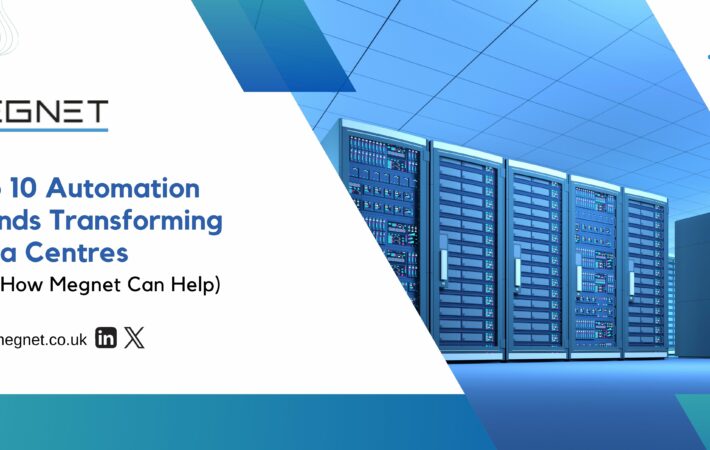
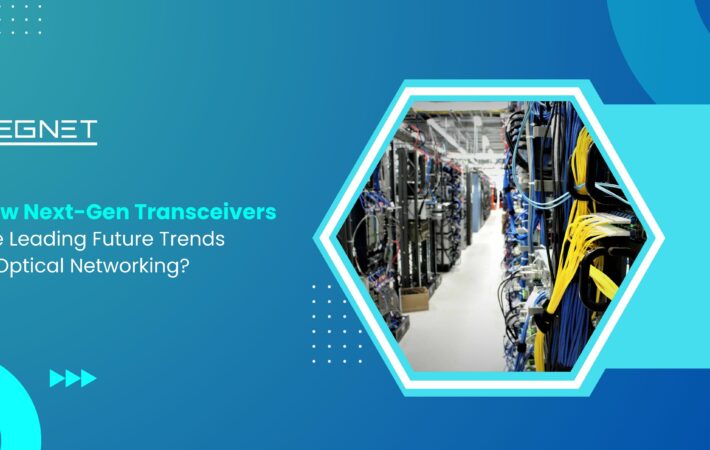
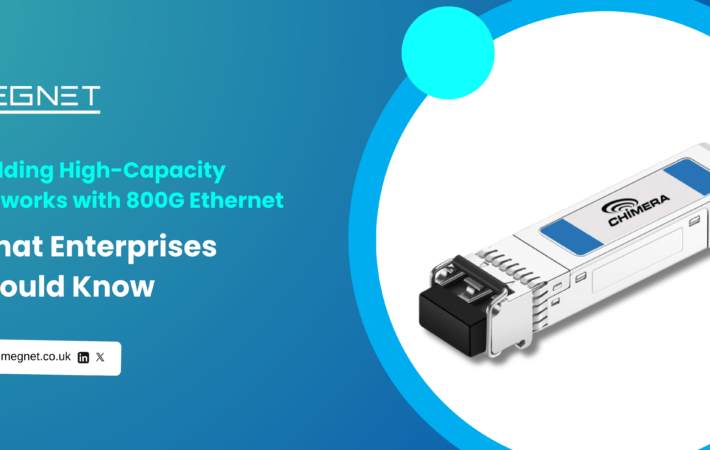
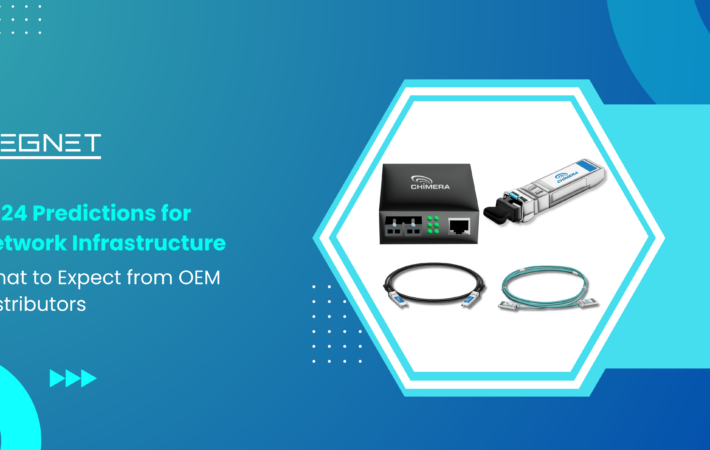
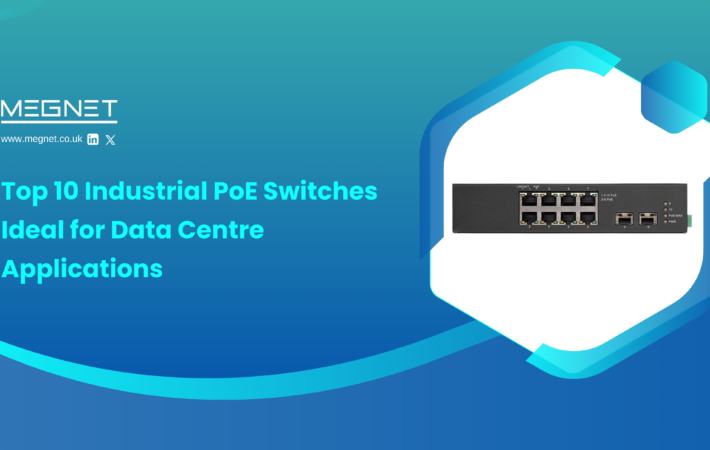


Leave a comment
Your email address will not be published. Required fields are marked *